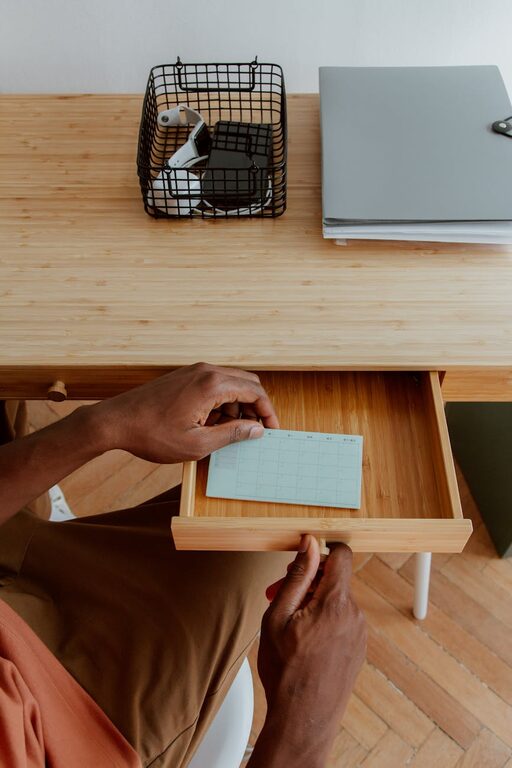Reducing household paper clutter can feel like a daunting task, but with a few simple strategies, you can transform your messy piles into a neat, manageable system. Paper clutter tends to accumulate quickly—from bills, receipts, and mail to school papers and manuals—and if left unchecked, it can create stress and disorganization. This post offers practical tips to help you reclaim your space and maintain a clutter-free home.
Why Managing Paper Clutter Matters
Paper clutter isn’t just an eyesore; it can cause important documents to get lost, increase stress, and take up valuable space. By reducing paper accumulation and organizing what’s left, you’ll create a calmer environment that’s easier to maintain.
Start With a Clear Sorting System
The foundation of any paper management system is sorting.
Step 1: Gather All Paper in One Place
Collect all loose papers from around your home—whether they’re in drawers, on counters, or stuffed in bags. Having everything in one spot gives you a clear idea of what you’re working with.
Step 2: Sort Into Categories
Create broad categories such as:
– Urgent Action: Bills to pay, forms to fill out
– To File: Important documents you need to keep
– To Recycle: Junk mail, flyers, expired coupons
– To Read: Magazines, newsletters, articles
Use labeled trays or folders to keep these groups separate during the sorting phase.
Digitize What You Can
Reducing physical paper means converting documents to digital formats whenever possible.
Benefits of Digitizing
– Frees physical space
– Makes finding documents faster
– Easier to back up and keep secure
How to Digitize
– Use your smartphone’s camera or scanner apps to make clear copies
– Organize digital files into labeled folders on your computer or cloud storage
– Consider apps that manage receipts and bills electronically
Make sure to shred or recycle paper once you’ve safely stored its digital copy.
Set Up an Efficient Filing System
Keeping necessary papers organized in a filing system prevents clutter from building back up.
Choose the Right Filing Tool
Options include:
– Traditional filing cabinet
– Portable file boxes
– Binder folders with tab dividers
Organize by Category and Date
Label folders clearly, such as “Medical Records,” “Tax Documents,” or “Home Insurance,” and file papers chronologically when relevant. Regularly review files to discard outdated items.
Reduce Incoming Paper
Preventing clutter starts with controlling how much paper enters your home.
Tips to Cut Incoming Paper
– Opt for electronic bills and statements
– Unsubscribe from junk mail and catalogs online
– Use a single, clearly labeled inbox or basket near your door for all mail
– Encourage family members to handle their mail through the system
Establish a Daily Paper Routine
Handling papers daily can stop piles from forming.
Simple Daily Habits
– Sort mail immediately—discard junk, set aside bills or important documents
– Take action right away on urgent papers or schedule time to address them
– File documents at the end of the day or week to stay current
Consistency is key to maintaining control.
Use Paper Organizers for Frequently Used Items
Items like coupons, school paperwork, or ongoing projects benefit from dedicated organizers.
Ideas for Organizing
– Accordion folders for receipts or coupons
– Desk trays or magazine holders for current papers
– Bulletin boards or wall pockets for reminders and schedules
Label each organizer clearly to make it easy for everyone in the household to participate.
Regular Decluttering Sessions
Set a reminder to review your paper system every few months.
– Purge outdated documents safely by shredding
– Reassess categories and filing methods
– Adjust your system as household needs change
This keeps your system efficient and prevents clutter buildup.
Conclusion
Reducing household paper clutter doesn’t require a major overhaul. By sorting smartly, digitizing, controlling paper inflow, and establishing good habits, you can maintain a clean, organized home. Start small, stay consistent, and enjoy the peace that comes with a clutter-free space.
—
Apply these strategies one step at a time to create a paper management system that works for you and your family. With less paper clutter, your home will feel more spacious, organized, and relaxing.

